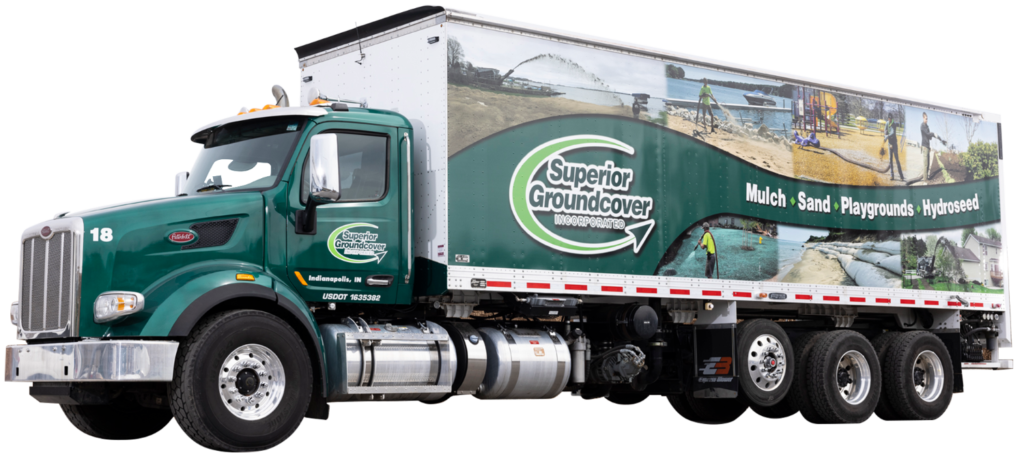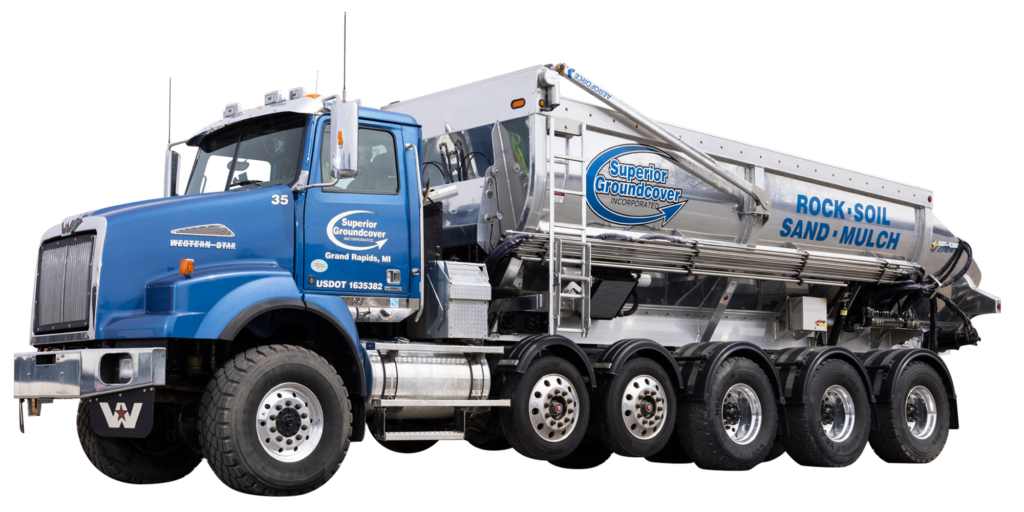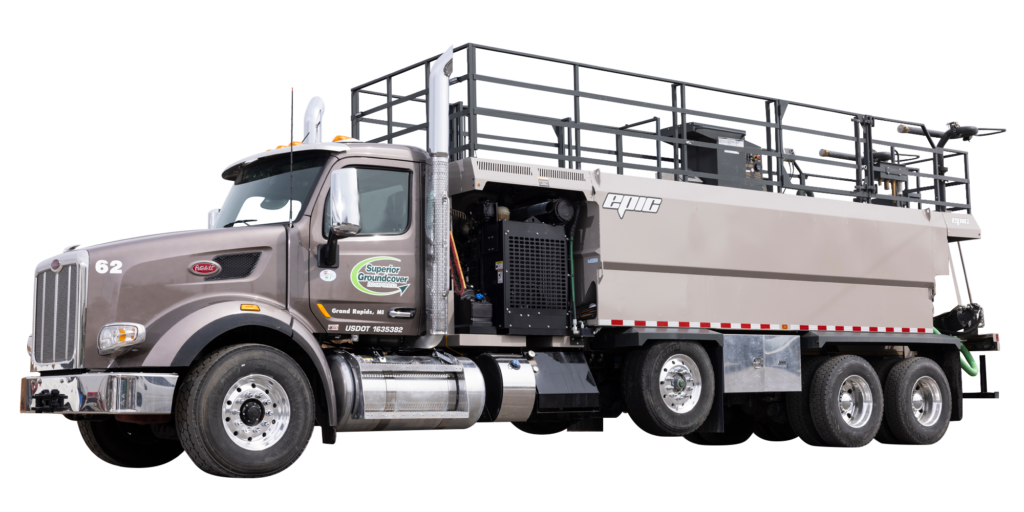As a homeowner, protecting your home from any moisture is critical. This is especially true in terms of the structural integrity of your home and, most importantly, for health reasons, as mold and other substances could appear. This article will discuss all you need to know about damp proofing and how it applies to your home’s foundation.
What is Damp Proofing?
Damp proofing external walls below ground level prevents moisture from entering your home’s foundation or basement. It is common to use a mixture that typically contains either tar or asphalt and applies to the foundation’s outside walls. The mixture will eventually bond to the foundation walls and form a seal, preventing any moisture from entering the home.
Typically, any home built after the 1950s will already have damp proofing installed. However, it often begins to fail after several years and will need to be redone. Therefore, homeowners need to know the basics of damp proofing so they can prepare.
How is Damp Proofing Different from Waterproofing?
Damp proofing Vs. Waterproofing
Although these two methods may seem similar, there are differences in the overall process. When considering the draining techniques used, both damp proofing and waterproofing prevent moisture from damaging your home’s foundation. However, the materials, strategy, and end goals are very different.
Damp proofing keeps out any soil moisture from the ground, while waterproofing an outside wall is designed to prevent liquids and soil moisture from entering the home and damaging the foundation. According to the International Residential Code (IRC), any concrete must be damp proofed to ensure the foundation’s integrity and only waterproofed if the structure resides on a high water table or other conditions that could cause moisture.
What Are the Different Damp Proofing Methods?
Membrane Walls or Courses
Membranes are one of the best ways to damp proof a wall and include placing a water repellent membrane or damp proof course between the foundation susceptible to soil moisture and the foundation adjacent to the trouble area or an outside basement wall membrane.
The membrane or damp proof course is applied to the troubled area of the foundation either horizontally or vertically, depending on the individual need. You can apply it to either a crawlspace or in a basement, which is also known as tanking.
Is There a Difference Between a Membrane and Damp Proof Course?
A damp proof course, or DPC, is often placed to prevent water from rising. This is usually a row of slates, plastic, or adhesive to prevent moisture from reaching the basement or crawlspace floor.
In contrast, damp proof membranes are placed below the floor or around the basement walls or crawlspace walls and used for damp proofing block walls. The damp proof membrane is often found between the insulation and drywall of the structure, preventing any moisture from harming the foundation.
In short, a damp proof course is often put in place to prevent moisture from entering a certain area, while a damp proof membrane protects the entire foundation in general.
Spray on Substance for Walls
The spray-on substance method is great for brick and stone walls, as it creates an additional damp proof coating, protecting against standing moisture. It is important to note that this method is ineffective for moisture that is under pressure.
The substance sprayed in the pores of the wall is various water repellent agents that prevent the foundation from being penetrated by any water. However, you must be mindful of the chemicals used and ensure the substance is applied correctly.
What Is Sprayed?
The damp-proof spray for walls includes calcium, aluminum oleate, sodium, potassium silicates, aluminum, zinc sulfates, and magnesium sulfates. These are metallic substances and are proven to repel water.
Foundation Tar
Foundation tar is often used for damp proofing the outside of a foundation wall and forms a damp proof coating, creating an impermeable coating. You use foundation tar in uninhabitable places, such as a crawlspace, as it can add a dark appearance to the foundation.


Bituminous Damp Proofing
Bituminous foundation damp proofing is another way to maintain the integrity of your home’s foundation. This includes any substance, including bitumen or asphalt, which is extremely sticky and moisture repellent. It is a popular damp proofing method due to its adhesive properties, as it can easily stick to any foundation.
Is Damp Proofing Done on the Inside or Outside of the Home?
Damp Proofing Exterior Walls or Foundation
You can do damp proofing on either the inside or outside of the foundation. It is much easier and effective to damp proof the foundation from the outside, as it allows you to stop the moisture before it reaches the basement floor or crawlspace floor.
If damp proofing from the outside, you must ensure any damage already present inside of the foundation wall is repaired.
What Methods Are Used on the Exterior?
Some popular methods of damp proofing from the outside include a damp proof course. This is the best method because it forms an impenetrable barrier and prevents any moisture from reaching the floor of your home.
Damp Proofing Interior Basement Walls
Damp proofing the interior basement walls is effective as it seals up any cracks or faults in the foundation that could be letting in water. It then prevents any moisture from reaching the basement floor.
Which Methods Are Used for Interior?
Often, you can use the membrane and tar method for the interior. This is mainly due to their effectiveness in plugging up any cracks that could compromise the foundation and their ability to stick to various surfaces.
When is Damp Proofing Usually Done?
Because various forms of damp proofing are only temporary, it may need to be done again in several years. Damp proofing is widely popular in drier climates, as there is a lack of moisture in the soil. Therefore, damp proofing would be sufficient.
That said, you should consider waterproofing for cooler climates and those who live on high water tables.
During Construction
When building a new home, it will be damp proofed by the builder. Damp proofing during construction will prevent any structural damage for several years.
After Past Damp Proofing has Failed
Even on new construction, after several years, the damp proofing will begin to fail. Many handy homeowners take the DIY approach, as it is a rather easy process to master.
Who Does Damp Proofing?
Contractors, Builders, and Foundation Specialists
Contractors and builders both do damp proofing, as builders damp proof new construction, and contractors often damp proof when it begins to fail. Because damp proofing is critical to the foundation of your home, many homeowners prefer to hire a licensed contractor for their damp proofing and waterproofing needs rather than take a DIY approach.
Can It Be DIY?
Because damp proofing is a relatively easy task, many homeowners will damp proof their homes themselves. There are many damp proof mixes and kits available for this very purpose. So, if you’re a handyman, this may be the most practical approach.
How Often Will a Home Need to be Damp Proofed?
Because damp proofing is only temporary, your home will likely need to be damp proofed every 20-25 years, as the adhesive materials will eventually wear down and become ineffective.
How Much Does Damp Proofing Cost?
What Are the Cost Factors?
Square Footage
The square footage of your home is one of the most significant aspects that affect cost. The larger the perimeter of your foundation, the more expensive it will be due to material cost and labor.
Existing Damage
If you have existing damage on the foundation, this would have to be repaired before damp proofing, placing a significant increase on the price tag.
Methods Chosen
Since there are various methods used, the one chosen affects the price. For example, a membrane often costs more than the spray substance method.
Timing
Whether the structure already exists or if it is a new construction could impact the price. Often, it is more costly to damp proof an existing structure due to the risk posed by existing damage that you must repair.
Contact Superior Groundcover today to learn more about damp proofing, or to get a quote on your project.




